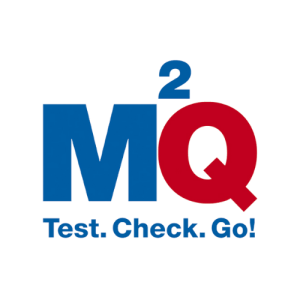Internal Test Center
Qualitative testing without the disadvantages of a proprietary testing environment. That's the M2Q Test Center!
Don’t want to set up a testing environment in your own organization or allocate resources to testing? The in-house M2Q Test Center takes everything off your hands, allowing you to fully concentrate on your core business.
Home » Internal Test Center
OUR FORMULAS...
Pay As You Go
Some tests are relatively independent of the client's content or business logic. Take the testing of a Web site's usability.
Fixed-Price
For some familiar testing assignments, we can set a fixed price in advance. The fixed price is also partly determined by the specific service you expect from us.
THE BENEFITS...
Cost saving
We avoid the need for constant investment in internal testing infrastructure and staff training.
Scalable & Flexible
Our Test Center can be easily scaled up or down depending on needs.
Time-efficient
We work in parallel with the development team = faster testing process = faster time to market
Specialized Expertise Access
Access to a wide range of talented and experienced testers with specialized knowledge in different areas of software testing.
Independent perspective
Our internal testers are not influenced by internal politics or corporate culture => more critical of software quality
Advanced tools
M2Q invests in advanced tools and technologies. This means improved test efficiency and accuracy.

